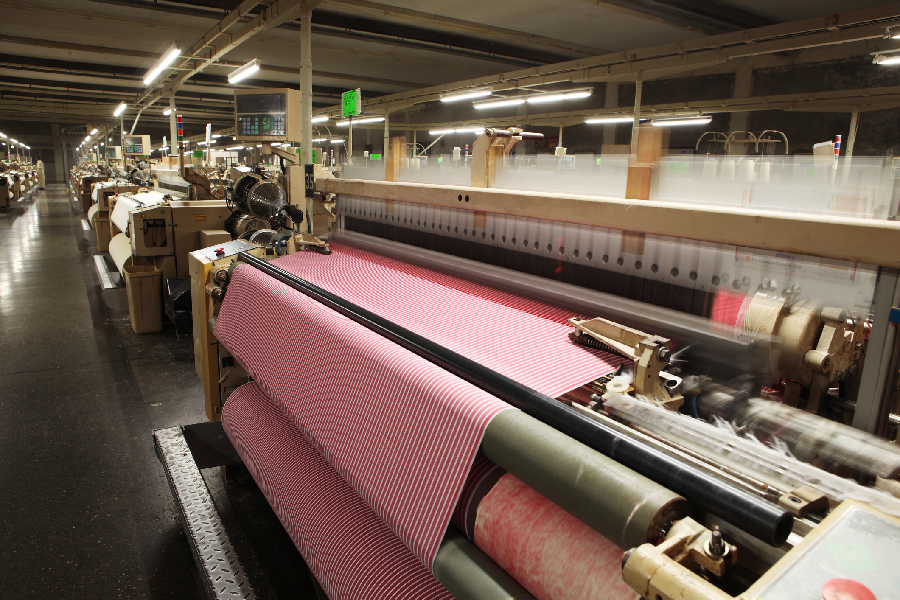
When the earliest civilization started people learned how to weave clothes to cover them. During the olden days, people used to weave their clothes with hands which is still popular in some parts of the world.
Thereafter the birth of many different types of looms took place and among them, one of the looms is also called handloom. Nowadays, many textile industries have grown who are producing various woven as well as non-woven fabrics.
In this post, let’s discuss about weaving machinery types and how the process of weaving clothes is done.
In the textile industry, many different kinds of weaving machines are used and they are classified as follows:
As per the package, it will include the following machines:
- Cheese winding machine,
- Cone winding machine,
- Cop winding machine.
- Flanged bobbin winding machine,
- Pirn winding machine.
As per the winding, there are the following types of machines available:
- Non-precision winding machine.
- Precision winding machine.
In terms of drive winding machines, the following are two types of winding machines available:
- Direct drive
- Indirect drive
According to yarn types, the following machines are available:
- Automatic pirn and ordinary pirn winding machine.
- Cop winding machine.
- Drum/ cylinder winding machine.
- Upright spindle winding machine.
Different types of looms
The following are a few different types of looms and they are briefly discussed in the following paragraphs:
- Handlooms
This is the first and the original version of a loom. It is a vertically twist-weighted type of loom where the entire threads will be hung from one wooden piece that is attached either to the ground or floor.
- Ground looms
In this type of loom, a weaver can easily bend forward to perform all his tasks easily. This loom was created so that the weaver can easily position his legs below and can level with the loom.
- Backstrap looms
In this loom, the one end of the loom is secured on the waist of the person weaving and the other end will remain attached to certain rigid things like nearby doors, trees, or any such things.
- Frame looms
The mechanism of this loom is similar to ground looms as described above. By using certain rods and panels, that was fastened at a right angle to each other to form a box that is manageable and handy.
- Rigid heddle looms
Normally, this will feature a single harness, with its heddles will remain attached to the harness. Thread or yarn will go alternately through a heddle and within the gap available between the heddles.
- Foot-treadle floor looms
These days, most hand weavers prefer to employ looms with no less than four harnesses. With every harness, there is a set of heddles where wool is strung, and with lifting the harnesses in various arrangements, different designs are created.
- Shuttle looms
It is one of the key components of the loom together with the shuttle, warp beam, heddles, harnesses, reed, and also take up roll. The yarn processing in the loom includes battening, detaching, alternative, and also taking-up operations.




